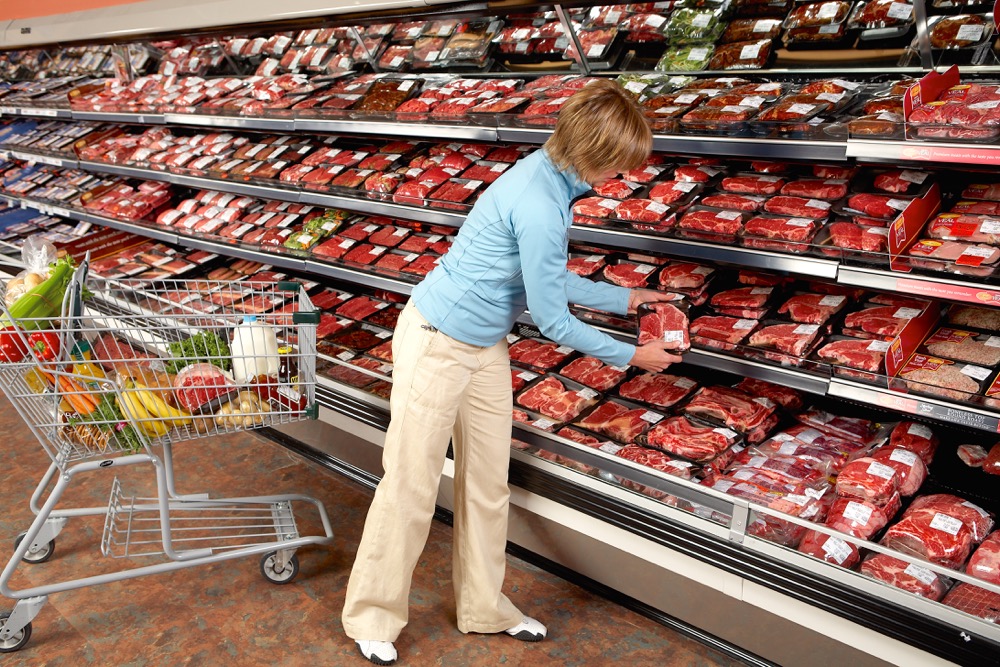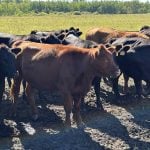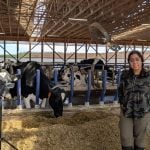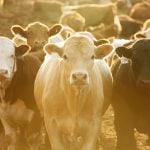The year-end 2015 grading results are cause for concern but I doubt many have noticed.
On the positive side we see a very sharp increase in AAA carcasses from 57.1 per cent of the total in the Prime to A series to 62.0 per cent. In fact Prime plus AAA now make up almost two-thirds of the total. Wonderful! But don’t stop here.
Before we applaud the increase in “quality” let’s have a look at the yield classification side of the matter. In 2015 the highest-yielding class fell out of bed, dropping from 50 per cent of the total in 2014 to just 41.3 per cent in 2015. As Donald Trump might say, “what the hell is going on?”
What is going on is that cattle feeders, faced with record-high replacement prices decided to market more feed through the cattle they already owned and deferred the purchase of an admittedly reduced supply of replacement cattle. That might make short-term economic sense but it doesn’t say much for the product. A short explanation is needed.

Quality in youthful cattle is determined almost exclusively by the level of marbling. I say almost exclusively only to avoid criticism that I overlook other important factors. But if you look at the B grades those other important factors have excluded only 1.75 per cent of the carcasses from the Prime and A series grades. So I can assert that the level of marbling has increased simply because the cattle got fatter.
If one wishes to dispute that observation you must ignore the yield results. Yield is determined primarily, and again almost exclusively, by fat thickness measurements taken at the ribbing site and, as stated above the Y1s dropped from 50 per cent in 2014 to 41.3 per cent in 2015. Therefore no one can dispute that the cattle were much fatter in 2015 than ever before during the present grade standards regime. Actually the high water mark for yield was way back in 1997 and 1998 when A1s reached 71.1 per cent of the total.
Read Also

What to know before you go to Agribition 2025
If you’re attending Agribition 2025, this is the place to find out about tickets, dates and what’s happening this year.
I am being deliberately blunt here because I think it’s time the industry addressed this issue. The consumer is being shortchanged. The industry is supplying more fat and less lean meat than ever to a consumer who is generally unaware. The fat she pays for was removed in the trimming process but somebody, and who else but the consumer, had to pay for that production.
So would I then sacrifice quality for yield? Not in a million years. We have known for at least the last four decades that it is possible to breed, raise, feed and market animals that are of high quality and also high yield. If I were to define the ideal carcass, with the poor tools we have to do that, I would suggest that this should include the top half of the AA grade and all of the AAA and Prime carcasses that had a Yield Grade 1. That definition would have included 43 per cent of the carcasses graded in 2005 but only 29 per cent of those graded in 2015. So we don’t have to look for proof that a better carcass is possible. We just have to look at what was done a decade ago.
So I have to ask again, when is the industry going to implement instrument grading and start paying more attention to carcass yield? Only when producers are paid fairly for both quality and yield will they respond with a better product. The cattle feeder cannot and should not be blamed for responding to a marketplace that sends strong signals about quality and faint beeps about yield. When these signals are better balanced in terms of price offerings producers will respond.
Grading results matter!
















